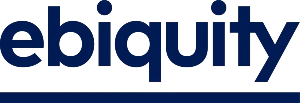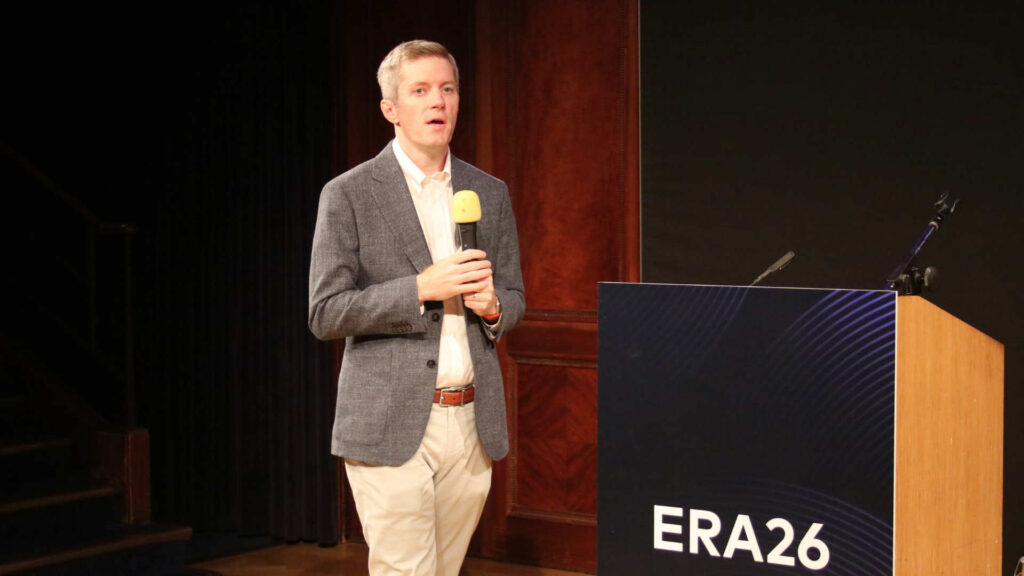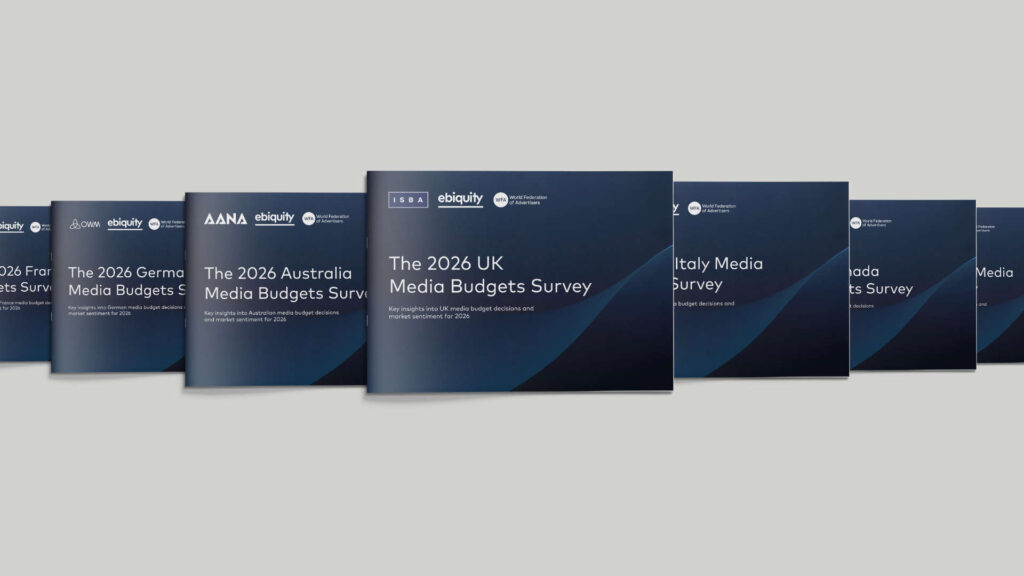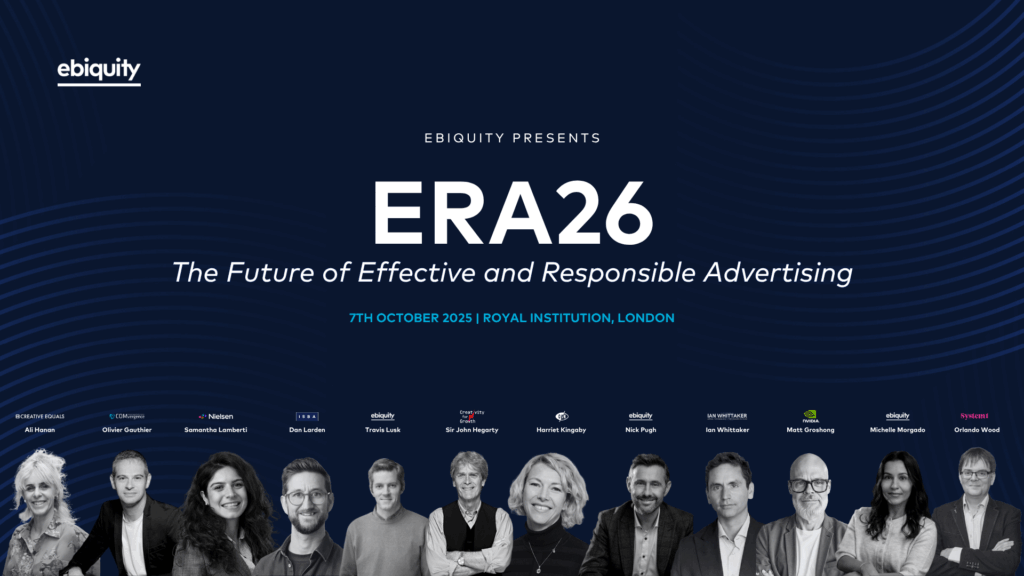I spend a lot of time in rooms with advertisers, and lately, every conversation circles back to the same question: how do we actually make AI work for our business?
Not in a theoretical sense. Not as a nice-to-have innovation project. But as something that genuinely transforms how we operate.
After six years at Ebiquity, speaking with brands across markets and sitting through countless conferences (including one last week at Programmatic IO in New York, right before the Ryder Cup), I’ve noticed something important. The brands making real progress with AI share one common trait.
They’re codifying their expertise.
What codification actually means
When I say codification, I’m talking about something specific. It’s taking all the knowledge you’ve accumulated, written down in PDFs, spreadsheets, contracts, and buried in email threads, and combining it with the experience you’ve gained deploying that knowledge. Both the successes and the failures. That combination is your expertise.
Your ability to codify that expertise in a way that makes AI useful is what will separate successful organisations from those playing catch-up.
The gap between impressive and useful
Most of us have had that first experience with ChatGPT or Claude. It’s impressive. But your mind immediately goes to the same place mine did: what if this knew more about my business? What if it understood my specific requirements, my brand standards, my operational realities?
Because if it did, that’s when things get genuinely powerful.
Think about your current state as an advertiser. You have business rules everywhere. Brand safety standards. Expectations for how linear campaigns should air, competitive separation, late night cutoffs, make-good policies, cost savings targets, approved vendor lists. There are hundreds, probably thousands, of rules governing how you go to market.
Be honest. They’re not all living in one accessible place. Some are in SharePoint. Some are in contracts. Many are in people’s heads or buried in email archives.
The human limitation we’ve been working around
Here’s something we all know but rarely say out loud: we tend to give up codifying our business rules around number 50. Maybe 60 if we’re thorough.
Not because we don’t have more rules. We absolutely do. But because we know that on the receiving end, our agency partners and downstream media partners won’t manage more than that. They’ll say “good enough” and figure out the rest as they go. Everyone will beg for forgiveness later if something goes wrong.
That’s just the reality when humans are involved.
What changes when AI enters the equation
But what happens when it’s not humans involved anymore? When it’s AI systems talking to other AI systems?
The number of rules you can deploy becomes limitless. The logic you can bake in becomes as complex as you need it to be. AI doesn’t break a sweat at rule 437. It doesn’t cut corners at naming convention requirement 89.
This applies to everything. Brand voice requirements. Dynamic creative assembly rules. Campaign naming conventions. Media placement specifications. Performance thresholds. Every single piece of logic that governs how your advertising operates.
When properly codified, all of it becomes deployable without the human fatigue factor.
The grid concept
Once you’ve codified your expertise, you’ve essentially created a grid that all your partners in the ecosystem can plug into.
An agency you’re evaluating can understand your expectations immediately. A television network responding to your RFP can extract exactly what they need to know. A vendor can pull your requirements, feed them into their AI systems, and provide a response that meets your specifications.
This isn’t a theoretical future state. Brands are building these grids right now. The ones doing it successfully are creating competitive moats around themselves, giving them the runway to experiment and try new things while others are still gathering their scattered business rules into one place.
The timeline reality
This brings me to the uncomfortable truth: AI is both a blessing and a curse when it comes to timelines.
We don’t have the luxury of six to twelve month test-and-learn cycles anymore. You have weeks at best to get caught up and get moving.
I’m not trying to create artificial urgency here. I’m simply observing what’s happening in the market. The brands that have started this codification process have a meaningful advantage. The gap between them and everyone else is widening.
This needs to be a first quarter agenda item at the latest. If you’re not working on codifying your expertise, I can promise you that your competitors are.
Where to start
The conversation you need to have with your teams is straightforward: how do we take all the things that exist in different places and codify them into one accessible system?
Start with your most critical business rules. Your brand safety standards. Your vendor requirements. Your campaign expectations. Build from there.
The goal is to create something comprehensive enough that an AI system can understand and deploy your entire operational framework, not just the top 50 rules you’ve historically been able to manage.
Making it scale
If done successfully, this is the thing that will scale your advertising operations. This is what makes growth hockey stick upward. Not incrementally better, but fundamentally different in terms of what becomes possible.
You’ll be able to operate with precision that was previously impossible. You’ll be able to maintain consistency across markets, campaigns, and partners without the manual oversight that currently bottlenecks everything.
More importantly, you’ll have built something defensible. A competitive advantage based on how well you’ve translated your expertise into a format that AI can multiply and deploy.
The brands getting this right aren’t necessarily the biggest or best resourced. They’re the ones taking codification seriously, starting the process now, and treating it as the foundational work it actually is.
That’s the conversation I hope you’ll take back to your organisation. Not as another AI initiative, but as the thing that determines whether your other AI initiatives actually succeed.









